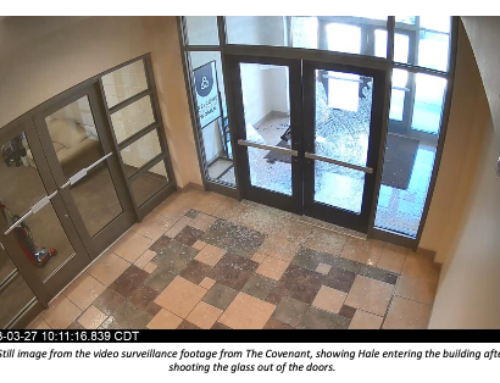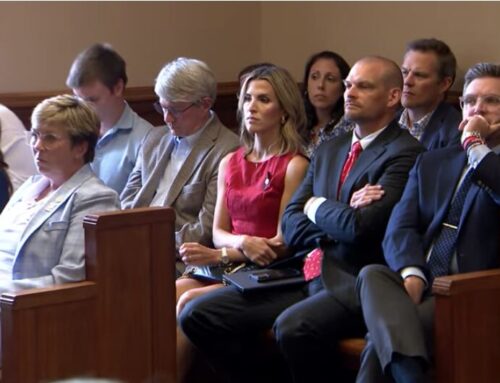When police shoot a citizen, public records can shed light
It’s not always easy to obtain public records, but when they are critical to answering questions about an issue of public interest, knowing the law and persistence helps.
On Aug. 21, 2013, a Blount County Sheriff’s deputy shot and killed a citizen who was in his own garage. The young sheriff’s deputy was doing a property check because the citizen had reported two burglaries there earlier in the week. He shined a light through a window, saw a man with a gun, and fired multiple shots in what the sheriff later said was a “very tragic incident.”
The Daily Times in Maryville kept tabs on the case, which was being investigated by the department’s internal affairs as well as by the Tennessee Bureau of Investigation. The deputy was put on administrative leave.
When a Daily Times reporter noticed the deputy’s name on a police report, the newspaper realized he was back on full patrol duty. When queried about this, the sheriff’s department told the newspaper that the district attorney assured them no charges would be filed against the deputy, but they would not release any more details because “the case was still under investigation.”
While disputes have arisen about what records are subject to the Tennessee Public Records Act in an ongoing investigation (see stories regarding Vanderbilt rape investigation), the courts have consistently recognized that once a case is closed, files of local police and sheriff’s departments are open for public inspection.
Why is this important? Lawmakers and courts have rejected the notion that local law enforcement can act as essentially “secret police,” keeping anything they want confidential for as long as they want. The Tennessee Public Records Act secures an important public check on police power by making their records open. But to enforce the Act sometimes takes persistence.
That’s what happened in Blount County.
Realizing that the sheriff’s office can’t have it both ways – putting a deputy back on patrol duty if an investigation into his actions was still open – Daily Times managing editor Frank “Buzz” Trexler pushed back. He knew the investigation was closed, and there could be no pretending it wasn’t just to cloak the details.
Faced with this, the sheriff relented, but the county attorney threw up another possible roadblock: money. He told Trexler that a public record’s request “of this magnitude” will involve expenses related to gathering, redacting and copying these records and before the gathering began, he asked Trexler to clarify the request.
After trying to reach the attorney to talk about it, with no response, Trexler modified his request and said he would like to inspect the records first, before requesting copies. Under the law, there can be no charges for inspection.
Frankly, in a case of such high public interest as law enforcement shooting an innocent victim, nickel-and-diming someone trying to bring to light what happened would seem to be on the wrong side of restoring confidence.
Daily Times’ reporter Wes Wade inspected the records – more than a month after the first formal records request was made — and this past Sunday published a story with new details, including audio from the police calls made that night.
How the evening’s events unfolded might be disturbing to Blount County residents, and some unanswered questions remain. There were two people there, and one is dead.
But transparency serves the public good. It improves our institutions by improving the knowledge of its citizens about how they work, both good and bad. It also maintains trust that is essential for their function in our American form of self-government.
That’s the lesson here.
And one that media organizations – in big and small communities throughout Tennessee – are uniquely positioned to share.
– Written by Deborah Fisher, executive director of Tennessee Coalition for Open Government. She can be reached at [email protected] or (615) 602-4080.
Note: The wife of the victim has filed a public records lawsuit based on her own unsuccessful efforts to get records around the same time the newspaper was also trying.





